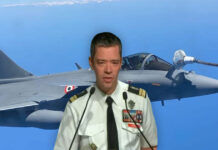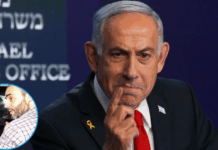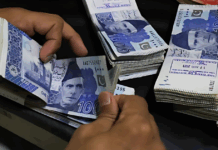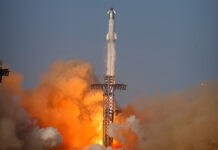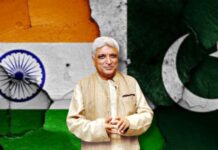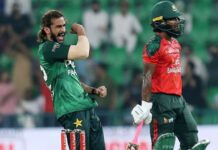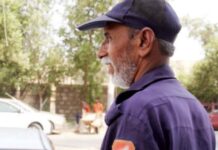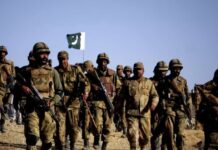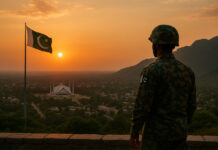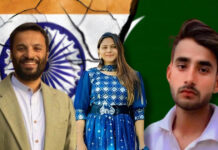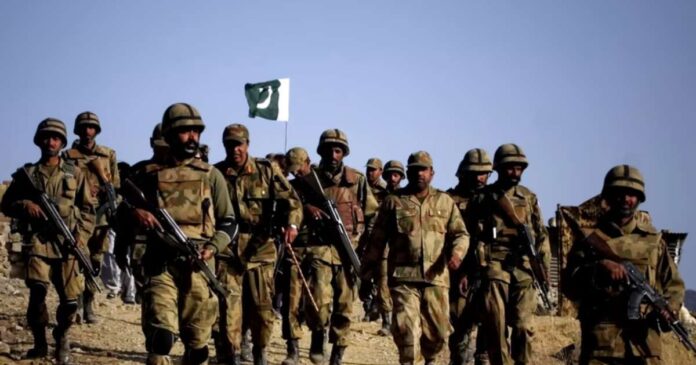For decades, the Pakistan military has been viewed through a rigid, autocratic lens. It is believed that the military institution’s influence extends well beyond the battlefield, into politics, the economy and civilian life. This has done more damage than good to our democratic nation.
However, now (post Indo-Pak war), there has been an unexpected shift in this script. Suddenly, the nation that once avoided discussing the military now can’t stop praising it..
From Stoicism to Soft Power
Today, the military understands that it needs to fight a war of narratives, optics, and social media relevance as well as the one on the battlefield.
Historically, the Pakistan military projected power through rigidity. However, recent initiatives indicate a deliberate move towards a more approachable and relatable persona. The Inter-Services Public Relations (ISPR), the military’s media wing, has been instrumental in this rebranding effort.
How? By producing content that highlights humanitarian efforts, educational initiatives and community engagement. These narratives are often fronted by young, articulate officers who resonate with the public, especially the younger demographic.
A notable aspect of this rebranding is the emergence of officers who combine professional competence with a charismatic presence. For instance, Air Vice Marshal Aurangzeb Ahmed. He gained widespread attention for his role during the recent conflict with India.
His composed demeanour and articulate communication during press briefings earned him admiration, with many on social media referring to him as the “PAF’s poster boy.” Such figures have become instrumental in humanising the military and making it more relatable to the public.
“By humanising its officers and promoting good-looking, relatable figures, the military is trying to reshape how the younger generation sees them — not as overlords, but as role models” says Farah Zubair, a media researcher at a Karachi-based think tank.
The Political Undercurrent
Despite the image overhaul, questions remain about the military’s role in political life. Critics argue that this branding shift is an attempt to neutralise criticism while maintaining the same hierarchical control over civilian institutions and politics. They believe this will only escalate the political engineering and this time it won’t be called out due to the glorification.
“You don’t want Pakistan to become an even more militarised, unaccountable state and those are some of the conversations that has been happening right now” says Farieha Aziz, a podcast host for Dawn (english).
However, proponents claim that the softer, more relatable image humanises the military. This is incredibly crucial for fostering unity in a divided nation.
The Verdict: Pretty Faces, Pretty Power?
The Pakistani military’s rebranding is not just about new faces but also about shaping new narratives. In the past, authority was derived from fear. Today, it seeks legitimacy through admiration. Whether that admiration is earned through good governance or good genes remains up for debate.
But one thing is clear: this is a war not only fought in Kashmir or Balochistan, but also in hearts and minds. And in this war, charm may be just as important as command.
Stay tuned to Brandsynario for latest news and updates





